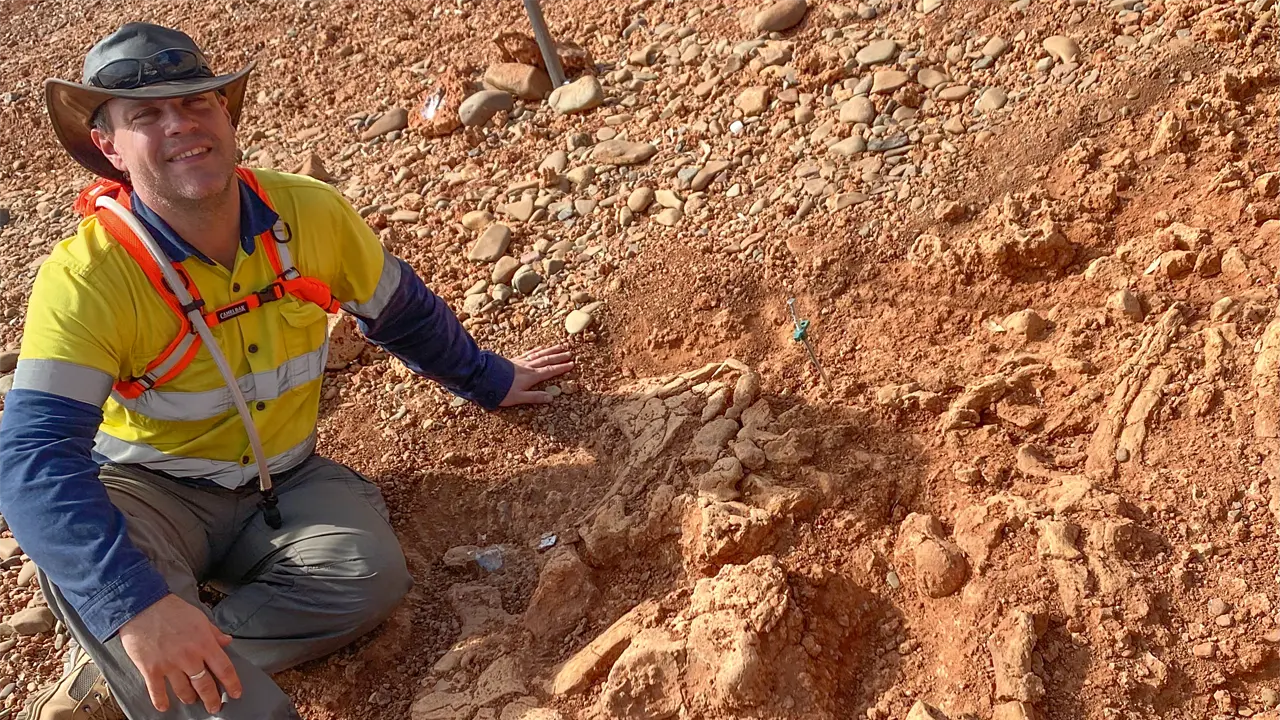In many far-flung locations the remote-area nurse is the sole person charged with a community’s healthcare, so the job demands dedicated people skilled in a raft of areas.
Story By John Dunn
Not so long ago nurse Robyn White used a wheelbarrow to move immobile patients around. Now the supervisor at Yorke Island Primary Health Care in the Torres Strait, Robyn says that 13 years ago there was no other suitable transport to get patients from one part of the island to another. “That’s just how it was,” she says. “You used whatever you could, whatever was there, and just got on with your job.”
Things have improved on Yorke Island and at many health centres scattered around the outback in small towns, Aboriginal communities and near cattle stations, isolated mines and oil rigs. However, despite progress, life and conditions for the people who staff them – the remote area nurses (RANs) – are never easy.
As a RAN Robyn has grown accustomed to making the best of her situation and like her colleagues – about 2000 of them across Australia – the difficulties do not deter her. Now 62 and in her 20th year on the island, Robyn looks after the health of the 300 people who live there. “If I didn’t enjoy it I would not have stayed,” she says. “I’m proud to be able to assist those who are unable to have access to the sort of facilities that are available in cities and large regional centres.
“We have struggled in the past and still do in some instances because our resources are not sufficient. We are always short of staff and we need better accommodation to attract people. But with the support of my local Indigenous health workers we provide on-the-spot help for those sick or hurt, and we are able to quickly arrange for them to be flown elsewhere if they need treatment beyond our skills.”
Every year Robyn travels to the mainland to attend the annual conference of CRANAplus, formerly the Council of Remote Area Nurses of Australia. The “plus” was added to the title in 2008 when it was decided the organisation should be expanded beyond nursing to include others who are involved in outback healthcare, including doctors, paramedics, social workers and ambulance officers, who now comprise 14 percent of the total membership.
This year’s conference in Perth is expected to attract about 200 health workers who not only value the chance to learn about the latest medical techniques, trends, facilities and research, but enjoy swapping experiences with their colleagues. “I look forward to our conference because of the knowledge it brings and the new ideas that emerge,” Robyn says. “When you are so far away you can easily fall behind.”
This story excerpt is from Issue #78
Outback Magazine: Aug/Sept 2011









